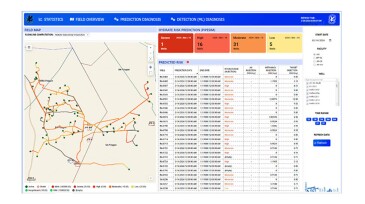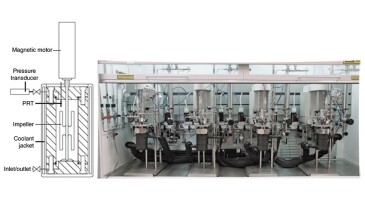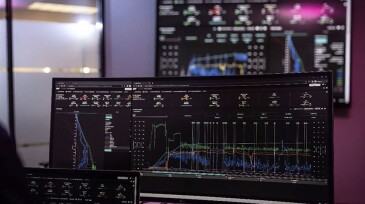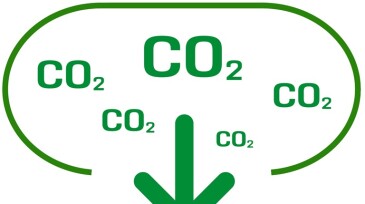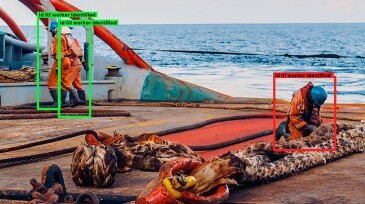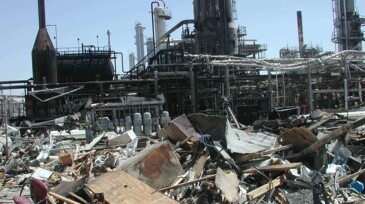risk management
-
Data and impartial viewpoints can help de-risk exploration portfolios and keep resource estimates in check.
-
This paper discusses a comprehensive hybrid approach that combines machine learning with a physics-based risk-prediction model to detect and prevent the formation of hydrates in flowlines and separators.
-
This paper presents an approach to subsea hydrate-risk management based on the understanding that some crudes have induction properties that delay hydrate formation even when the pressure and temperature conditions reach the hydrate thermodynamic region.
-
A resilience-based approach to safety was the focus of a panel of experts at the 2025 SPE Annual Technical Conference and Exhibition in Houston.
-
In today’s era of asset management, digital twins are changing risk management, optimizing operations, and benefitting the bottom line.
-
Real-time location systems have emerged as invaluable tools for enhancing safety and efficiency in the operations of oil and gas organizations. This paper investigates the various applications of the technology within the industry, highlighting its transformative effect on safety protocols and operational efficiency.
-
This paper introduces a novel optimization framework to address CO2 injection strategies under geomechanical risks using a Fourier neural operator-based deep-learning model.
-
The new look at the plan involves considerations for national security.
-
From optimizing drilling performance to enhancing worker safety, computer vision can change how the industry works.
-
This paper discusses and demonstrates the limitations of quantitative risk assessments (QRA) with respect to the usefulness of the concept in managing day-to-day and emerging risks as well as the effect of change. The paper goes on to discuss improved solution sets compared with pure reliance on QRA.
Page 1 of 3


